Sekiro Is More Than Just Samurai Dark Souls
Sekiro: Shadows Die Twice looks like an exciting new take on a well-established FromSoftware formula.
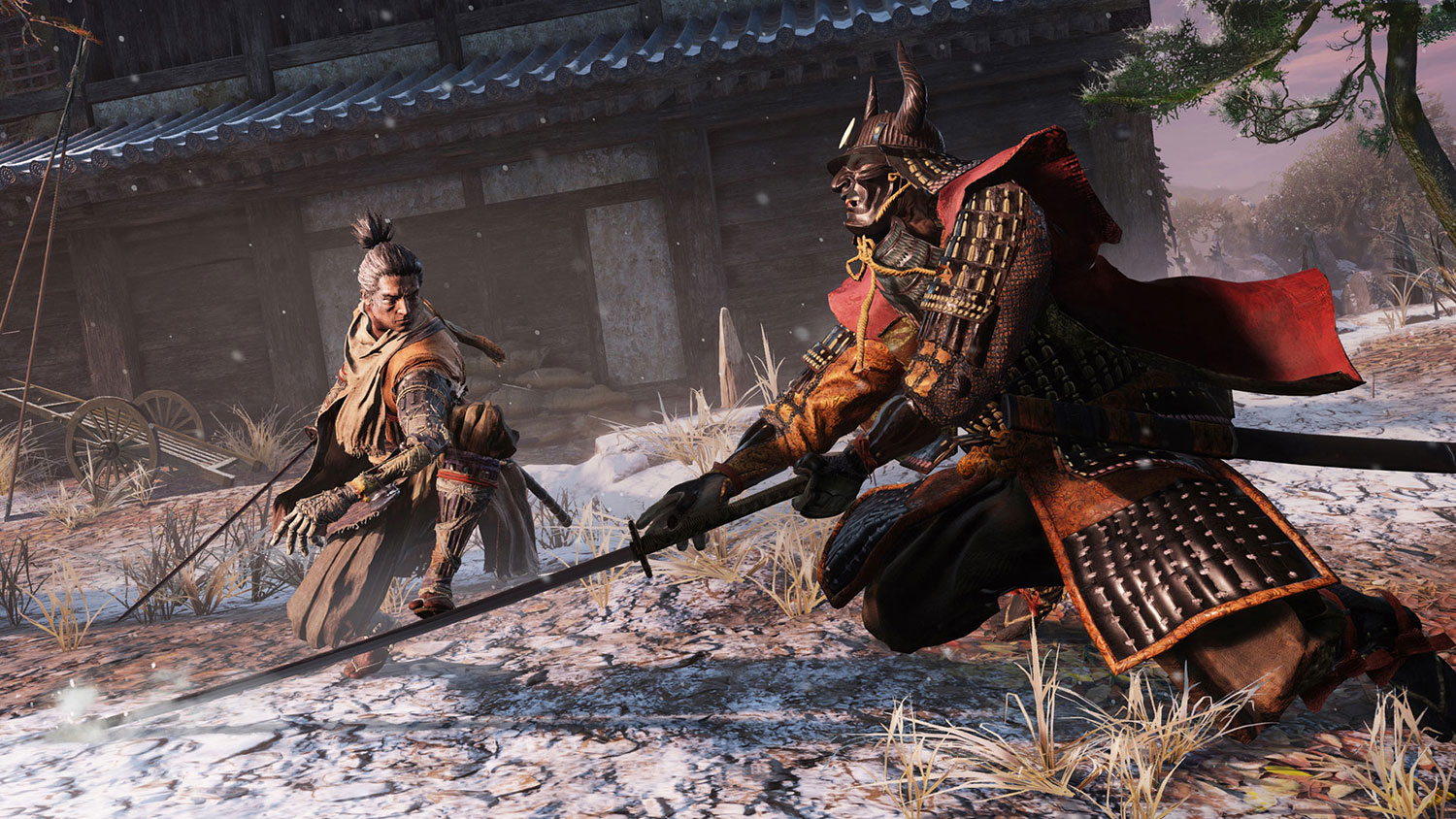
NEW YORK — I'm not precisely sure why FromSoftware's latest game is called Sekiro: Shadows Die Twice, but I do know that during my first few hours with the game, I died a whole lot more than that.
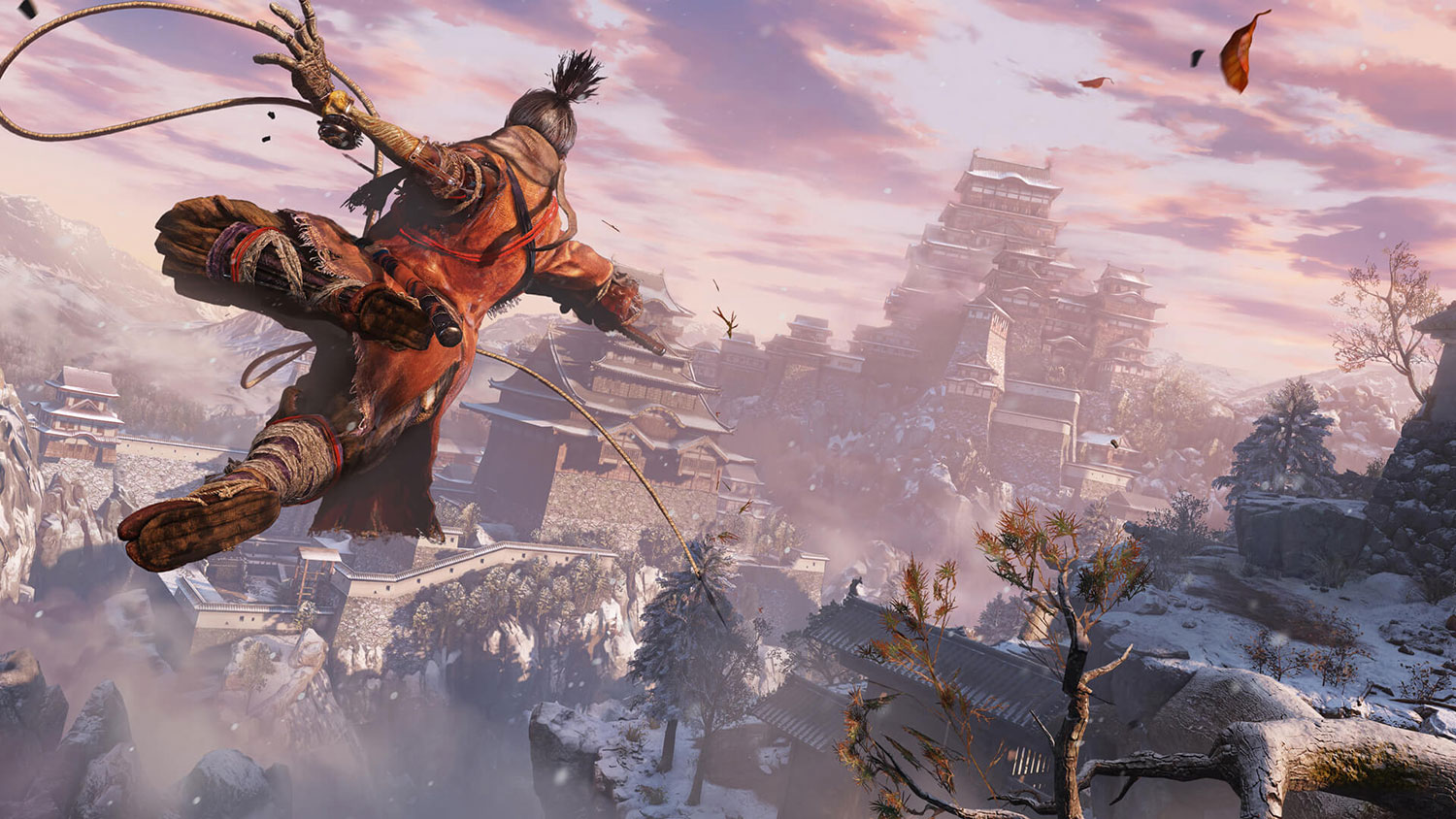
The developers behind Dark Souls have kept a lot of their trademarks intact: difficult, demanding gameplay; an obscure, minimalist story; and an eerie, quiet setting. But Sekiro (launching March 22 for PS4, Xbox One and PC) also tries something new, with skill trees instead of stats, and vertical platforming replacing horizontal labyrinths. The end result is something that feels more new than familiar, but is still instantly engaging.
I attended a press event for Sekiro where we heard a breakdown directly from the game's developers, then got a chance to play a meaty, 3-hour chunk of the game for ourselves. The demo was, at times, crushingly difficult or needlessly frustrating.
But at no point did I want to put the game down. On the contrary, I wish I'd had more time to experiment with it on my own, in a less-crowded setting. (The evocative, melancholy setting admittedly loses something when you're surrounded by a bunch of other people, all swearing profusely at getting trounced by an ogre for the tenth time.)
Gamers who were hoping that Sekiro would be Dark Souls with a slightly different setting may not find what they're looking for. But for players who enjoy FromSoftware's approach to storytelling and world building — and who are willing to learn a slightly twitchier gameplay system — Sekiro looks like an exciting new take on a well-established formula.
Sengoku inspirations
It's impossible to talk about Sekiro without discussing its setting. Rather than a dying fantasy world, this game takes place in a fictionalized version of Sengoku Japan. For those of you who aren't up on your East Asian history, the Sengoku period refers to the 16th century, in which warring factions fought for political influence, until they were united under a shogunate in the 17th century.
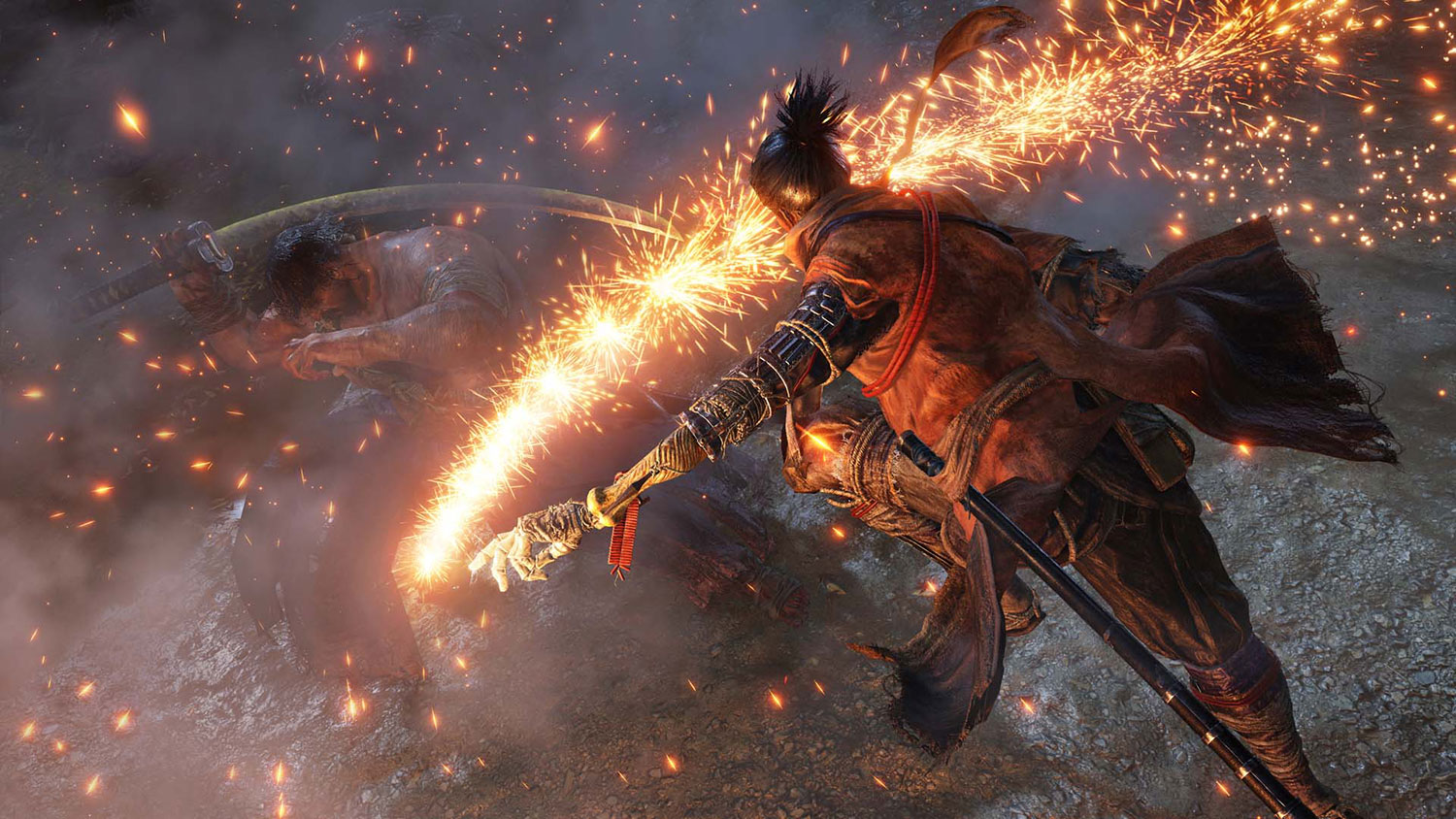
As such, Sekiro has everything you'd expect from a historic Japanese setting, including brave samurai, imposing hill castles, noble bloodlines and fierce sword fights. But it also has everything you'd expect from a fantastical Japanese setting, including massive ogres, fearsome demons, undead soldiers and enchanted Buddha statues. The whole game has a kind of magical, dreamlike quality to it, where you sort of know the rules of the world intuitively, but feel ready to accept the next fantastical contrivance, too.
MORE: 7 Games to Play If You Like Dark Souls
Sign up to get the BEST of Tom's Guide direct to your inbox.
Get instant access to breaking news, the hottest reviews, great deals and helpful tips.
One thing that immediately sets Sekiro apart from its Dark Souls spiritual predecessors is that it tells a character-driven story. You don't just play as a customizable, disposable protagonist whose only defining characteristic is his or her inability to die. Instead, you play as a samurai sometimes called "wolf," who swore fealty to a powerful warlord years ago. Now, he must protect his charge, simply called "the young lord," from a powerful samurai who threatens the boy.
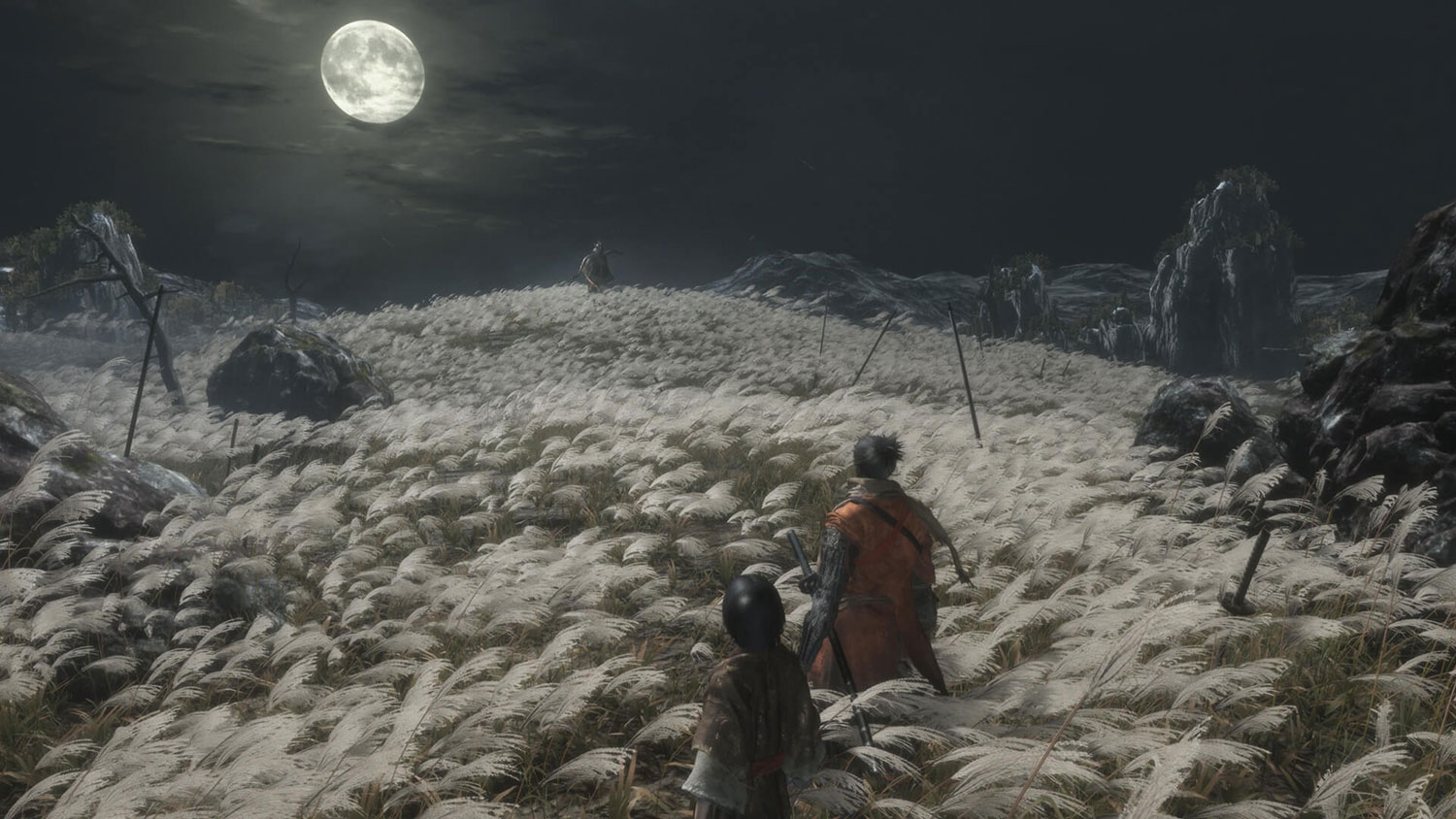
(Yes, you do have your first showdown with the evil samurai within the first hour of the game; and yes, it takes place in a field of white flowers under a full moon while strings play in the background. If you have a favorite Japanese aesthetic trope, it's probably in Sekiro somewhere.)
Even so, fans need not worry that the game has suddenly become a meticulously explained, cutscene-heavy production. The world still feels distinctly weird, from the unnerving NPCs to the otherworldly level design. (A lot of the game takes place in a huge hill fort — and when it doesn't, you'll notice the difference right away.) Character histories and relationships are obscure, and as the developers explained, players will not be able to learn every bit of exposition or backstory in a single playthrough.
Steel yourself
Gameplay in Sekiro rests on two basic pillars: combat and navigation. They're both much deeper than they appear to be at first glance.

As a samurai, you'll fight off foes primarily with your trusty katana. While the combat system offers limited options at first, it can open up quickly, depending on how you want to build your character. Most enemies in the game also have swords, shields, war hammers or rifles — weapons that turn most encounters into a delicate game of blocking, parrying and counterattacking. Unlike the Souls series, you're not constrained by a stamina meter, so you can attack, block or dodge indefinitely — although you probably shouldn't.
MORE: Best PS4 Games - The Most Addictive Games We Can't Put Down
Each character has a "deflection" gauge, which measures how many times he can block before opening himself up to a devastating strike. This means that you can't simply block forever — but neither can your enemies. Even so, it's better to hit them when they drop their guard, and the best way to do that is to deflect their attack at the last second, then counterattack.
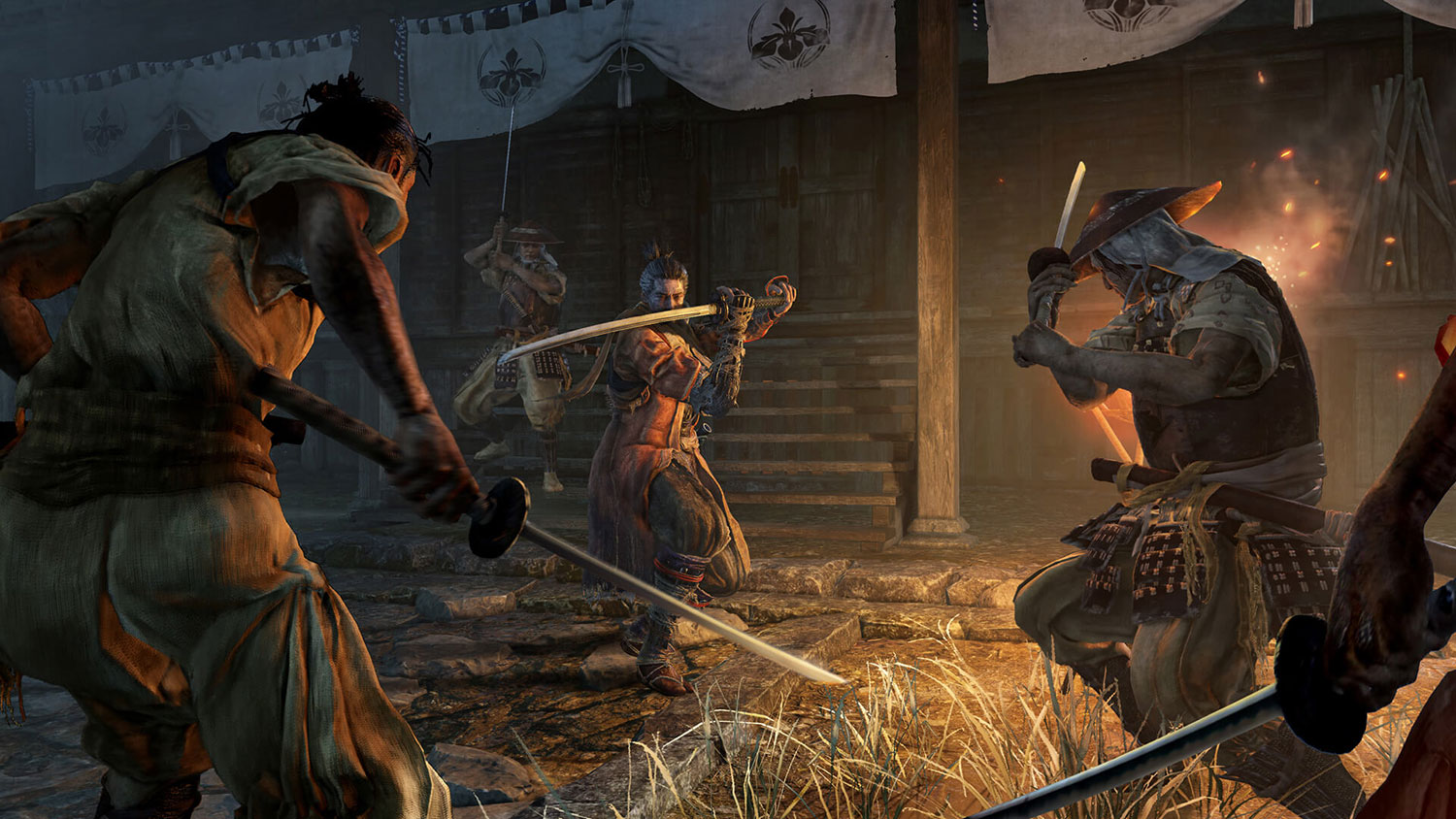
Anyone who has mastered parrying in Dark Souls or Bloodborne will be familiar with the system, but many battles are downright unwinnable without it here. Smaller enemies usually go down if you break their guards once, but larger foes and bosses require two or three volleys — or more. And they tend to get deadlier and more desperate as they lose HP.
However, simply attacking and deflecting wouldn't make for much of a battle system, which is why Sekiro also incorporates a shinobi prosthetic. Early on, the protagonist loses his arm in a deadly duel and finds it replaced with a skeletal construct of rope, metal and bone. This lets him grapple to high and distant points on the map. In addition to giving Sekiro a kind of verticality that was never present in the Souls series, this also considerably expands your combat options. You can bypass certain encounters entirely, or sneak up on foes from above for devastating, instant kills.
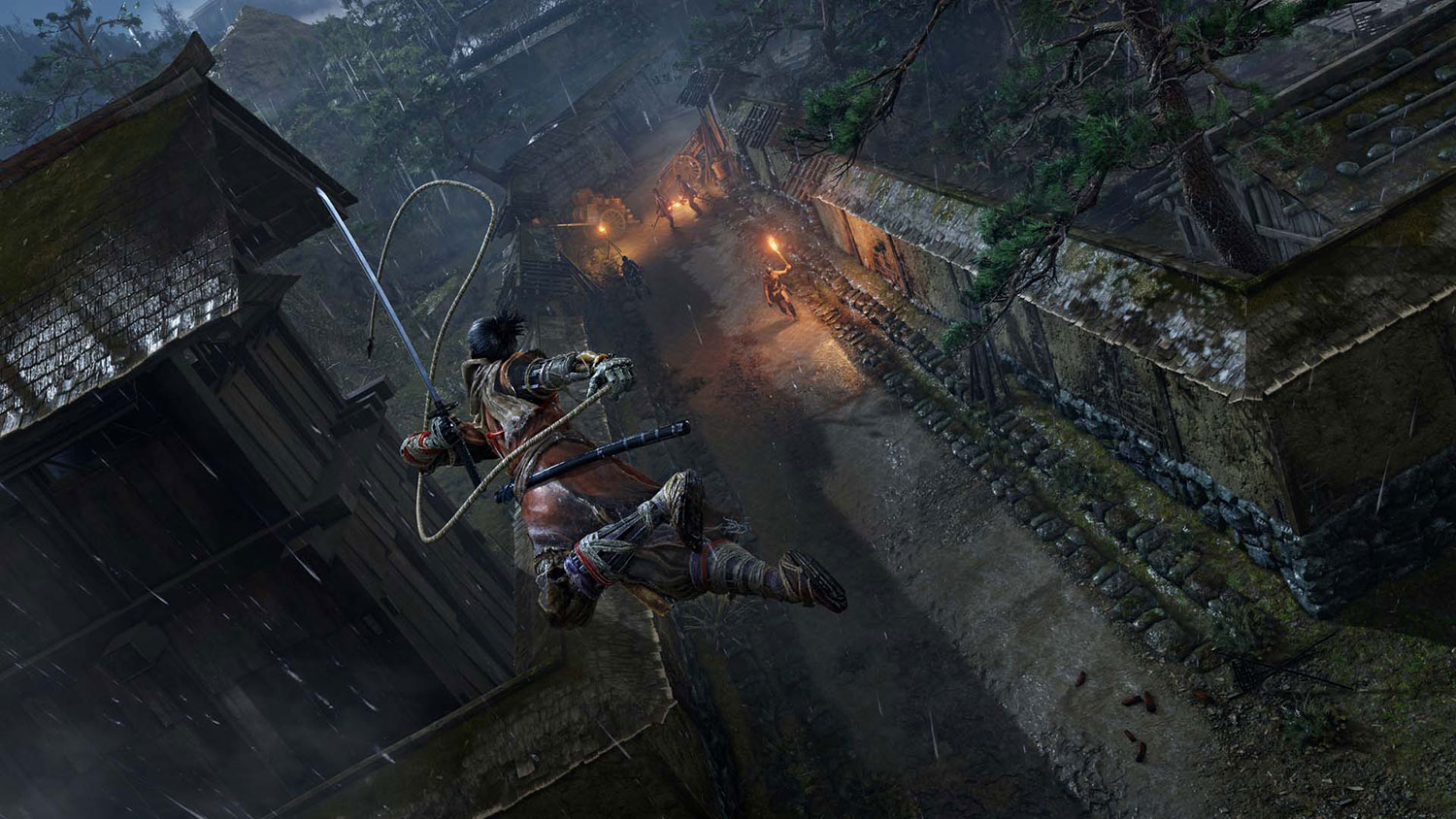
You can upgrade the prosthetic with a number of gadgets. During my playthrough, I found an upgrade for launching shurikens to lure distant foes; later on, there are ways to destroy enemy shields or open up a metal fan to protect yourself.
As you defeat enemies, you'll also gain experience points. (Die, and you'll lose half of them, irretrievably — although once you level up, the game will preserve your progress no matter what, so it's never too punishing.) You don't use these to improve stats; rather, you can use experience points to purchase new skills, which increase your melee combat options. New skills let you guard in midair, attack multiple enemies at once, sneak up on enemies quietly and more. Depending on how you build your character, they could change gameplay to a radical degree.
MORE: 30 Best Video Game Trilogies
And "how you build your character" is a big part of the game, too. There are many ways to upgrade your skills and equipment, from acquiring additional charges in your Healing Gourd, to powering up your prosthetic attachments. Some upgrades require experience points; some require money; some require rare items. (And yes, you can upgrade certain stats, but only with hard-to-find components that require you to defeat crafty minibosses.) As a result, you'll never go too long without empowering your character — and sometimes, you can beef him up a lot in a single go.
Die more than twice
And then, of course, there's the difficulty. If you've played a FromSoftware game before, then you know what to expect. Enemies can (and will) demolish you in just a few hits. Healing options are scarce, and death carries a penalty. But where Sekiro distinguishes itself is in its death mechanics.
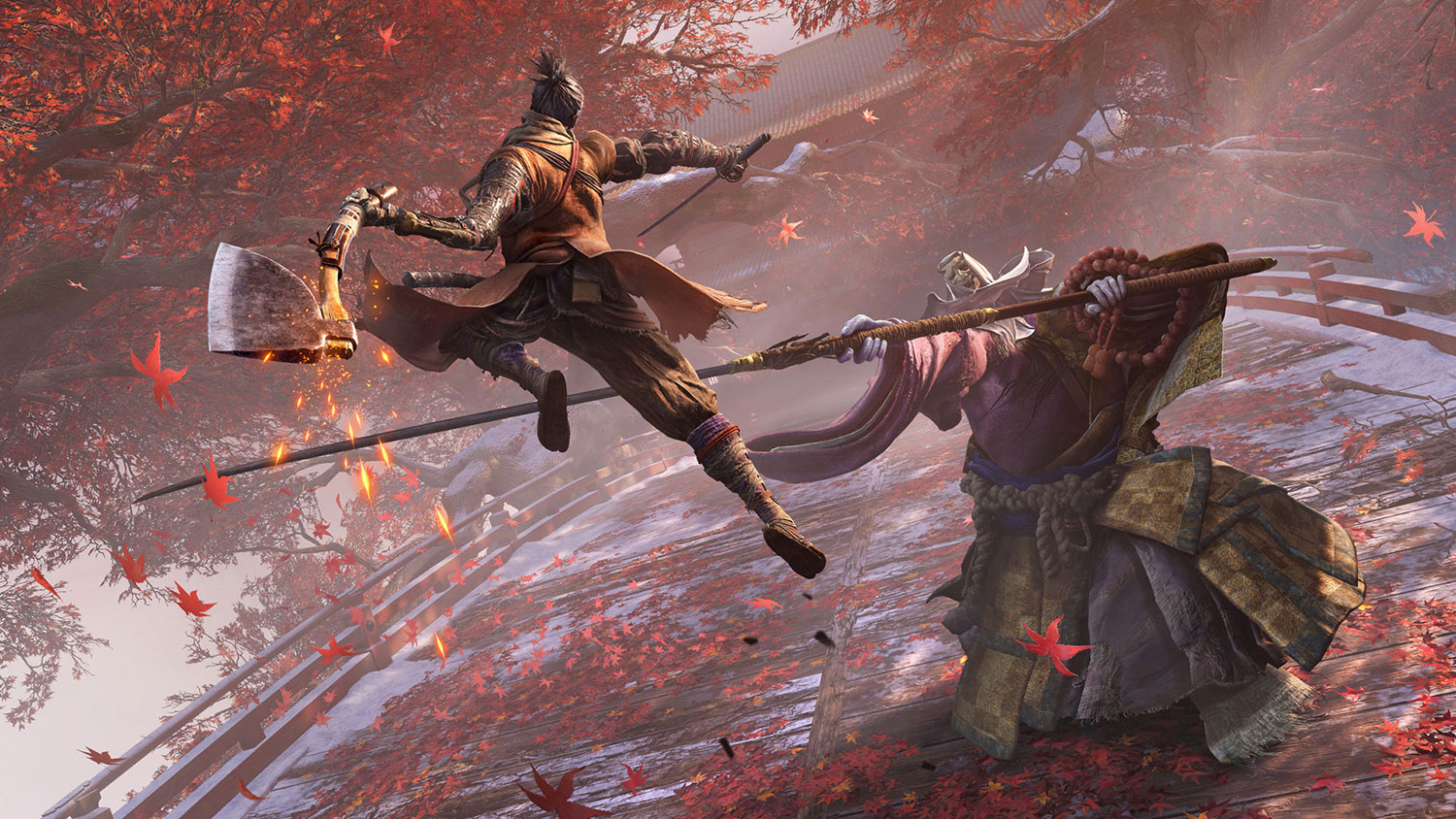
When you die, you can choose to accept your fate — or to spring back to life and continue the fight. By default, you can do this only once, but if you defeat enough enemies, you can get two chances at revival. Later on in the game, you'll be able to come back to life even more times, but the developers warned that using this process too many times in rapid succession may have profound impacts on your character and the challenges you face.
When you spring back to life, you get about half of your HP restored. And, if you time things right, you can even sneak up on enemies that had left you for dead. Using a mighty backstab to take down the unsuspecting foe who killed you is much more satisfying than it has any right to be. Furthermore, if you simply die and return to the nearest lantern, you'll lose experience, and enemies will re-spawn. Even if you spontaneously revive just to trek back to the lantern on foot, at least your path will be clear, and you won't lose anything important.
Sekiro: Shadows Die Twice is reminiscent of the Soulsborne games, but it's very much its own thing as well. The game debuts on March 22 for PC, PS4 and Xbox One, and will retail for $60. In the meantime, if you want incredibly tough action games involving shinobi, there's always the Ninja Gaiden series.
Credit: Activision
Marshall Honorof is a senior editor for Tom's Guide, overseeing the site's coverage of gaming hardware and software. He comes from a science writing background, having studied paleomammalogy, biological anthropology, and the history of science and technology. After hours, you can find him practicing taekwondo or doing deep dives on classic sci-fi.

